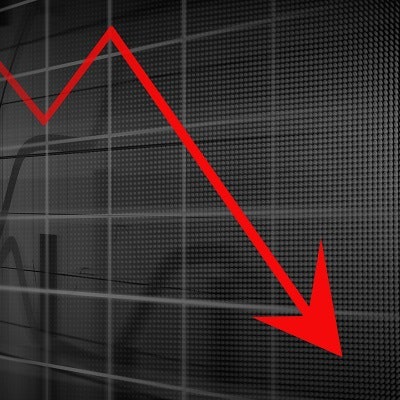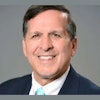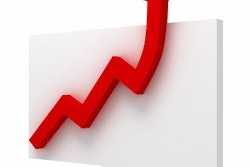
Remember when people talked about the "good old days" of dentistry before the recession that struck the U.S. a few years ago? After looking at a set of numbers, maybe those people aren't so far off on their thoughts about how things were better for the dental practice's bottom line back then.
The numbers spiked in 2010 at $88.00 per chair per hour and then plummeted when the recession fully impacted the dental industry in the U.S. in 2012. The gross production per chair per hour has not come close to rebounding to those numbers since.
Declining production
We recently extracted data from Sikka Software's collection of numbers taken from more than 12,500 dental practices from around the U.S. The results were a surprising when we looked at the gross production per chair per hour for the average dental practice.
| Gross production per chair per hour since 2010 | |
| Year | Gross production per chair per hour in dollars |
| 2010 | $88.00 |
| 2011 | $75.35 |
| 2012 | $57.39 |
| 2013 | $58.89 |
| 2014 | $58.77 |
| 2015 | $57.73 |
| 2016 | $59.03 |
It's a startling drop in gross production. What does this trend mean for your practice? One of the best-placed people to help analyze this trend is consultant Dayna Johnson, founder of Rae Dental Management.
"I worked in a dental practice for more than 20 years, and I remember the days of patients spending more freely," she said.
Typical proposed solutions might actually reduce your production-per-hour totals, according to Johnson.
“The gross production per chair per hour has not come close to rebounding to those numbers since.”
"During a downturn in the economy, the practice might feel like they have to open the practice more hours to accommodate patients. However, this could lead to the decrease in the production per hour if the office total production stays the same," she said. "It is important to create a schedule template so the team has guidelines to ensure the production per hour is at goal."
Advances in practice management software and technology can aid in managing these goals, she noted.
"Your practice management software can play a key role in helping your team manage the office production goals, and, hopefully, we will see an increase in these numbers in the future," Johnson said.
You may be tempted to think that the latest technology will be the answer to your production issues, she added.
"One thing that I notice when I look at these numbers is that, while technology has improved in the practice and has become a bigger part of the everyday routine, the numbers are not showing that it is impacting patient spending," she said.
She urges her clients to keep this information in mind when they are looking to purchase new technology.
"Technology has certainly improved patient care, but it doesn't seem to be improving the bottom line of the business," she said. "That's something to keep in mind the next time you're looking at the latest high-tech innovation."
Just the recession?
So were there other reasons besides the recession for this considerable drop in per-chair production?
"In recent years, insurance has dictated more and more how much a dental practice can charge for procedures," Johnson said. "With the squeeze that is being felt by most practices, that is translating directly into what is being charged and, therefore, what is being produced."
But what about your practice? Do you know how your numbers compare to the national average? It is important to have a knowledge base that serves as the foundation for your goals and objectives, according to Johnson.
"Numbers tell a story," she said. "There is no gray area when it comes to numbers. It's a black-and-white discussion, but most dental practices can't tell you how they're currently performing compared with national averages or even their own numbers from a year ago."
Johnson suggested using knowledge about your practice's data to your advantage.
"My advice to practices is to always be well-versed in your numbers so you can know if your practice is really doing as well as you think it might be," she said. "Without that knowledge base, you're just guessing when it comes to how successful your practice really is."
Alitta Boechler is the director of digital marketing at Sikka Software. You can contact her at [email protected].Practice Mobilizer is a free app that lets dentists send HIPAA-compliant video messages, tracks patient arrival times, provides ZIP code-specific fee data, and more. Dentists can check out store.sikkasoft.com or the mobile app at www.practicemobilizer.com.
Please note that the data should be used for comparison only.
The comments and observations expressed herein do not necessarily reflect the opinions of DrBicuspid.com, nor should they be construed as an endorsement or admonishment of any particular idea, vendor, or organization.



















